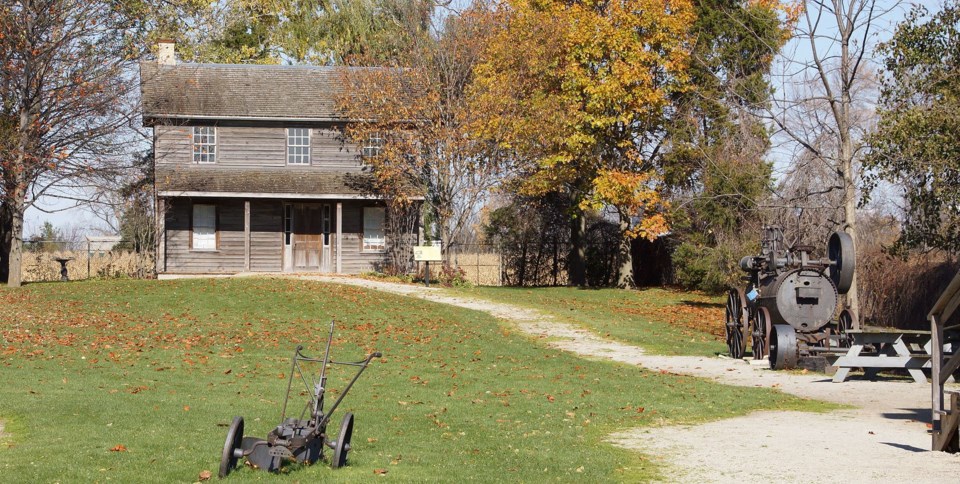MidlandToday is running a six-part series on Ontario historic sites as part of to Black History Month. This is the fourth part in the series written by Terry Fegarty, of the Tay Heritage Committee and Community Heritage Ontario, with editing assistance by Heritage Grey Highlands member Nancy Matthews. The fifth part will run Friday.
The Josiah Henson Museum of African Canadian History is an open-air museum that documents the life of the Reverend Josiah Henson, a former slave, abolitionist, and minister who played a key role in Ontario’s Black history.
Because of his autobiography, Henson became the inspiration for the title character in Harriet Beecher Stowe’s anti-slavery novel: Uncle Tom’s Cabin.
This recognition brought Henson international prominence, which aided him in promoting abolition during many visits to the U.S. He also visited Britain where he received a signed portrait of Queen Victoria.
The historic site, formerly named ‘Uncle Tom’s Cabin Historic Site' was recently renamed, because the former reference to Uncle Tom is now thought to be a “politically incorrect” insult, although during Henson’s lifetime and afterwards it was a term of esteem.
Born in Maryland in 1789, Henson escaped slavery in 1830 when he followed the “Underground Railroad” over the Niagara River into Upper Canada with his wife and their four children. Later, he became a “Conductor” on the Underground Railroad and guided over one hundred Black refugees to freedom.
In 1841, Henson was instrumental in founding the Dawn settlement, which accounted for 300 acres near present-day Dresden (north of Chatham).
Dawn was a rural community where Black people found refuge, and pooled their labour, resources, and skills to help each other and incoming settlers.
There was farmland, a sawmill, gristmill, brickyard and rope manufacturing. In addition to a regular school, a vocational school provided refugee Blacks with the education and skills they needed to become self-sufficient.
With the success of the school, the Dawn settlement grew to approximately 500 residents.
However, over time, the settlement declined in numbers. Some inhabitants returned to the U.S. after the 1863 Emancipation Proclamation. Others left after the vocational school closed in 1868.
Many simply moved to nearby communities, contributing to the establishment of a significant Black presence in this part of Ontario. Henson himself remained at the settlement until he passed away in 1883.
The open-air museum is situated on a five-acre parcel, the only surviving remnant of the historic Dawn settlement’s original 300 acres.
The Josiah Henson Interpretive Centre provides interpretive videos, interactive exhibits, programs, activities, numerous artifacts and tours that reflect early Black life in Ontario. Black History Month programming takes place each February.
Historic features include the Josiah Henson House, restored to circa 1850, the Pioneer Church built in 1850 and, adjacent to the church, the Henson family cemetery where Josiah Henson is buried.
In 1999, the Historic Sites and Monuments Board of Canada erected a plaque in the cemetery recognizing Josiah Henson as a Canadian of National Historic significance.
